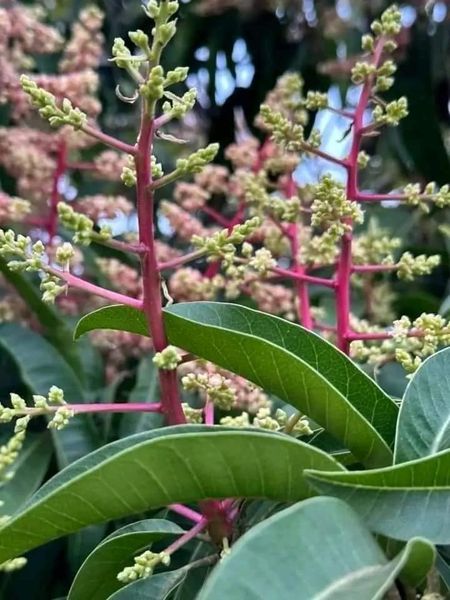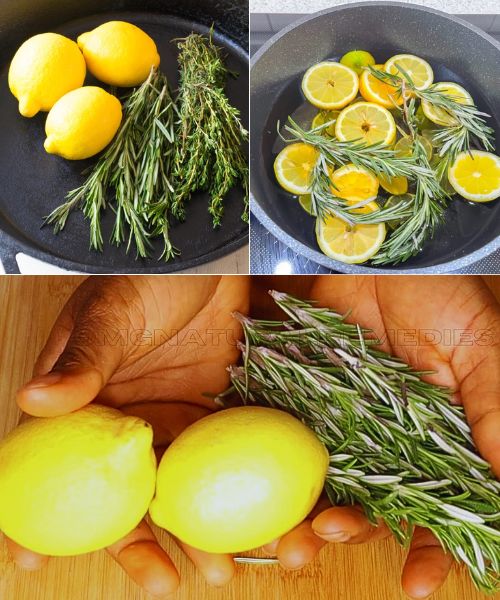Mango farming is a rewarding endeavor that requires careful planning to ensure a bountiful harvest. One crucial aspect of successful mango cultivation is determining the correct spacing between trees. The spacing you choose can significantly affect the growth and yield of your mango orchard. This blog post will guide you through the essential considerations for spacing mango trees based on different environmental conditions.
Understanding Mango Tree Spacing
The spacing between mango trees varies based on factors such as soil fertility, rainfall, and the overall growth potential of the trees. Proper spacing ensures that each tree has enough room to grow and thrive, which is crucial for maximizing fruit production and maintaining tree health.
Spacing Guidelines
1. Dry Areas: 10 X 10 M
In regions with limited rainfall and drier conditions, it’s essential to provide mango trees with adequate spacing to accommodate their growth. For these areas, a spacing of 10 meters by 10 meters (10 X 10 M) is recommended. Here’s why:
- Less Growth: Mango trees in dry areas tend to grow more slowly due to limited water availability. A smaller spacing is sufficient to support their growth while still allowing enough room for each tree to develop a robust root system and canopy.
- Water Efficiency: With less water, the trees require less competition for resources, making a closer spacing more practical in terms of water management and soil conservation.
2. Heavy Rainfall Areas: 13 X 13 M
In regions with abundant rainfall and fertile soil, mango trees grow more vigorously. In these conditions, a spacing of 13 meters by 13 meters (13 X 13 M) is ideal. Here’s why this spacing is beneficial:
- Increased Growth: Mango trees in heavy rainfall areas and fertile soil conditions experience more vigorous growth, which requires additional space. Wider spacing allows the trees to develop a larger canopy and a more extensive root system.
- Reduced Competition: Adequate spacing helps minimize competition for nutrients and water among trees, leading to healthier plants and potentially higher fruit yields.
- Better Air Circulation: Wider spacing also improves air circulation around the trees, reducing the risk of fungal diseases and promoting overall tree health.
Implementing the Spacing
1. Soil Preparation
Before planting, ensure that the soil is well-prepared. Conduct a soil test to check for nutrient levels and pH balance. Enrich the soil as needed to provide optimal conditions for your mango trees.
2. Marking the Planting Spots
Use a measuring tape and stakes to mark the planting spots according to the recommended spacing. Make sure that each spot is properly aligned to ensure uniform growth across the orchard.
3. Planting
Dig holes that are slightly larger than the root balls of the mango saplings. Place each sapling in the center of its designated spot, and backfill the hole with soil. Water thoroughly to help the saplings establish themselves.
4. Maintenance
Regularly monitor your mango trees for signs of pests, diseases, and nutrient deficiencies. Proper care and maintenance will help ensure that your trees grow healthy and produce abundant fruit.
Conclusion
Choosing the right spacing for mango trees is essential for optimizing growth and fruit production. In dry areas, a spacing of 10 X 10 meters is sufficient, while in heavy rainfall areas, 13 X 13 meters provides the best conditions for robust growth. By following these guidelines and providing your trees with the care they need, you can enjoy a thriving mango orchard that yields delicious, juicy fruit year after year.



